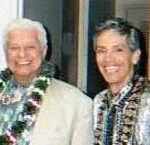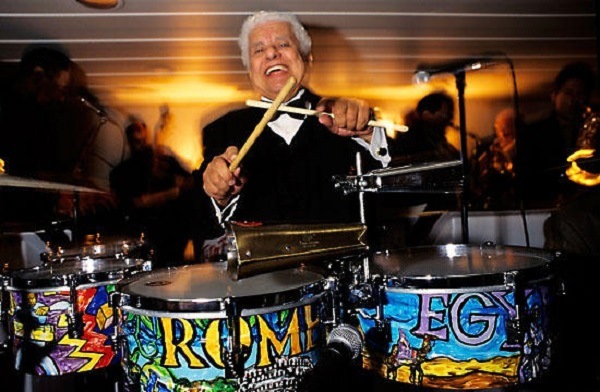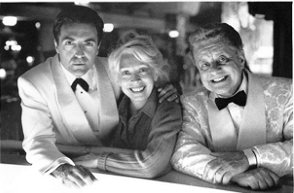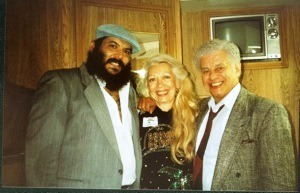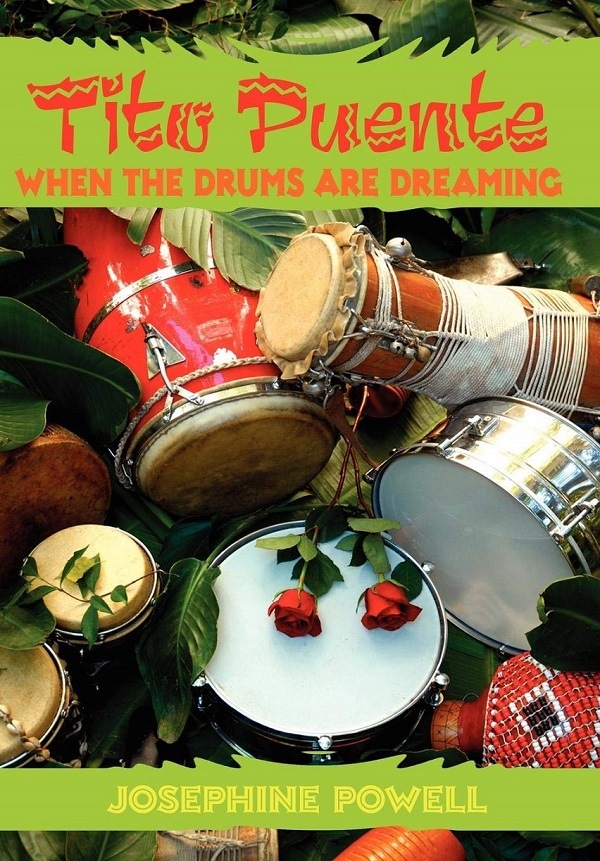All about Ralphy Ray
Ralphy Ray is a New York songwriter and vocalist who spent a lot of his childhood in Barranquilla until he went to Miami to seek new horizons for his personal and professional life. As well as the vast majority of Latin artists who have found their way little by little, he has a very interesting story to tell to all his audience.

In International Salsa Magazine, we have been very interested in his story, so we decided to contact him and both he and his manager and friend John Caicedo have been very open to all the communication we did. Here are the issues we touched on during the conversation.
How his childhood influenced his music
Ralphy Ray was born in the United States, but his parents decided to return to Barranquilla when he was six years old, so he studied his primary and secondary in Colombia.
It is there where his interest in music began due to the great diversity of rhythms heard in that country such as vallenato, salsa, merengue, champeta and much more. What most got his attention to this branch of art was a certain group of tropical artists who aparked his love for this great profession to which he would dedicate his life.
When he turned nine years old, he began to study accordion for a short time, as he began to focus his mind on other areas such as singing and ballads. Whenever events were held at school, he was always included or he himself signed up to participate in them, so this curiosity for music continued to grow as the years went by.
His move to Miami
His move to Miami was due to personal reasons at first, since his uncle lived in that city and offered him to go live with him and count on his support once he decided to move to the United States definitely.
Today he says that it was one of the best decisions he could make in the professional field, as he had the opportunity to communicate and interact with local and very important groups in the industry, that’s when he met John Caicedo, who is now his manager and one of his greatest friends since then.

He also began to interact and sing with great artists such as Celia Cruz, Eddie Santiago, Rey Ruiz, Luis Enrique, José Alberto ”El Canario” and many more. That is what has given him the experience he has today and made him take the risk of pursuing a solo career with his own style.
Solo career
Ralphy Ray was part of Los Babies De La Salsa, Los Hijos de La Arenosa, Grupos K-Oba, Sonora Carruseles, among others. When asked how he felt about the moment to launch as a soloist, he told us that the experience acquired with the aforementioned artists gave him the confidence he needed to take such an important step.
This decision was made in 2001, which is when he began to record solo. This path began with the single ”Mírala” of his own authorship.
Learning from other artists
Something Ralphy Ray says he has learned from all the artists he has worked with is discipline and the importance of being focused on what he does. Similarly, he also pointed out that you should never stop learning or mastering the technique needed to find the best version of yourself. ‘
‘The artists with whom I shared the stage taught me to give the best of myself at all times and to always be prepared to offer our talent with love and respect to the public”.
As far as things tat he advises not to do, he says that he has seen many artists being overwhelned by stress, fights and inconveniences. He points out that you have to know how to handle all these details and situations in front of the public no matter how difficult it could seem.
”There are also other cases in which some artists end up having friendships and relationships that are not good for them, which can lead them to lose their career and even their life. Many turn to drugs and other vices, but you always have to try to stay away from all that and focus on your own career” said the artist.
He also had memorable experiences and his conversations with Celia Cruz were very meaningful to him. ”La Guarachera de Cuba” always had good advice for new talents such as professionalism, punctuality, good physical image, vocal technique, among other details. ”I had great respect for Celia and I always keep in mind all the advice she gave me” he concluded on this topic.

Es El Amor
When we wanted to know the ins and outs of his latest single ”Es El Amor”, he told us that it is part of a group of songs presented to him by a great friend and colleague.
He said to have fallen in love with the lyrics because they are very romantic and do not degrade women, in fact, they speak of a feeling that is being lost in the world: love. ”I want to let my fans and people who follow me know that we must always go with love and live in that beautiful story” said the artist.
As for the music video, he said he chose the beaches of Miami as the location to record his material because of the beauty of the place and that was what he wanted to show to the public. Besides, this city has been very important in his career and he thinks it is one of the most beautiful in the United States.
Read also: Larry Harlow ”El Judío de la Salsa”: innovative and irreverent







